AI Boom Drives Surge in Memory and NAND, Signaling Global Semiconductor Recovery
Input
Modified
AI Demand and HBM Push DRAM Prices Higher
NAND Inventory Clearing Accelerates, SSDs and HDDs Gain Momentum
Improved Earnings Outlook Sparks Tech Sector Reopening
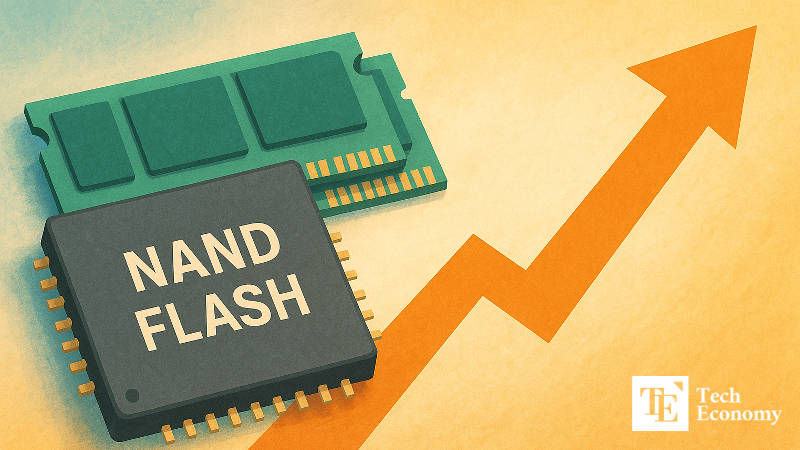
The global memory semiconductor market is undergoing structural change as the artificial intelligence (AI) investment wave accelerates. In the fourth quarter of 2025, DRAM contract prices jumped 15–20 percent year-on-year, breaking the traditional seasonal slump. At the same time, aggressive orders from data center and cloud companies are pushing NAND prices higher. Mounting concerns about supply shortages are in turn reviving investor sentiment across the semiconductor sector.
Concerns Over Shortages in Commodity DRAM
According to semiconductor trade outlet DigiTimes on September 17, contract prices for DRAM in the fourth quarter of 2025 rose by 15–20 percent. Typically, year-end is a low-demand period when prices stabilize, making this surge highly unusual. Industry sources attribute the trend to global cloud service providers (CSPs) aggressively stockpiling memory for AI infrastructure, sparking shortages that have rippled across the market. Demand for commodity DRAM, particularly for servers and data centers, is expanding faster than anticipated, raising the prospect of further price increases.
Research firm TrendForce also projected that major DRAM producers such as Samsung Electronics, SK Hynix, and Micron will continue prioritizing high-bandwidth memory (HBM) and other premium products, tightening supply for commodity DRAM. Micron recently delayed new quotes for some large clients, citing short-term shortages, while other manufacturers are rescheduling allocations. With lead times lengthening, smaller customers are struggling to secure shipments.
Brokerages have moved quickly to reflect these shifts. SK Securities raised its price target for Samsung Electronics from about 57 USD to 81 USD, an increase of more than 42 percent, while Mirae Asset and NH Investment raised theirs above 67 USD. FNGuide reported that the consensus target for Samsung Electronics recently climbed to about 63 USD, up 5.4 percent from the previous month. Reflecting this optimism, estimates for Samsung’s third-quarter operating profit were revised upward by 2.5 percent in just one month, reinforcing the view that the memory downturn is ending.
Analysts broadly agree that the latest DRAM rally will not be a temporary cycle like those in 2018 and 2020. Unlike the past, today’s surge is fueled simultaneously by AI-driven data center expansion, the transition to HBM4, and replacement demand for commodity server memory. On the supply side, capacity expansion remains limited, while existing production is being absorbed by HBM. As a result, shortages of commodity DRAM are likely to persist. This environment supports expectations that Samsung and SK Hynix will enjoy both earnings improvement and corporate revaluation.
NAND Joins the Recovery Cycle
NAND prices are also climbing. Western Digital has officially announced price adjustments, while SanDisk is preparing to raise some SSD prices by around 10 percent. Micron is reportedly considering increases of up to 30 percent. As a result, not only consumer SSDs but also enterprise-grade SSDs for data centers are expected to rise. Given that AI workloads require fast, reliable storage, reliance on NAND-based SSDs is unavoidable, making further price hikes likely.
The trend is spilling over into the HDD market as well. Although HDDs do not use NAND directly, they serve as “cold storage” for massive raw datasets. Large language model (LLM) training requires long-term retention of source data on HDDs, so rising demand is directly lifting HDD prices. While the scale of increases is expected to be smaller than for SSDs, the fact that both SSDs and HDDs are entering an upward pricing cycle means higher procurement costs for data center operators.
This is a sharp reversal from a year ago, when oversupply and deteriorating profitability forced production cuts and investment pullbacks. The AI boom and renewed cloud spending have quickened inventory drawdowns, putting NAND firmly on the same recovery path as DRAM. “Memory makers are poised for near-term earnings improvement,” said one industry source, adding that “the synchronized rebound in DRAM and NAND is another signal that the semiconductor downturn is over.”
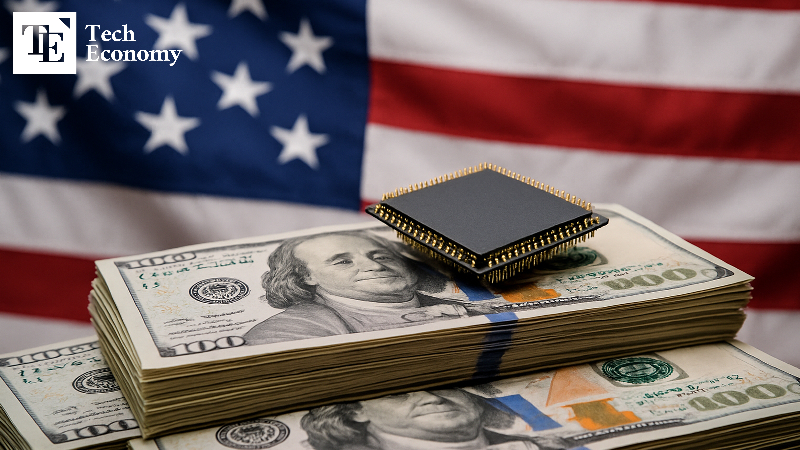
Momentum for IT Infrastructure CAPEX Resumption
The simultaneous upturn in memory and NAND prices is visible across global markets. In the U.S., Taiwan, and elsewhere, major semiconductor companies are seeing brighter earnings prospects from AI-driven investment, and the sector has reemerged as a key driver of risk appetite in equity markets. This trend coincides with signs that IT infrastructure investment—stalled since the pandemic—may be restarting, providing a clear signal of recovery for the semiconductor cycle.
Corporate results are already validating these expectations. Oracle reported in September that its cloud backlog reached 4,550 billion USD, sending its share price up 35.97 percent in a single day. Broadcom disclosed that sales of AI application-specific semiconductors (ASICs) surged 63 percent year-on-year, fueling a 121 percent rally in its stock over five months and boosting its market capitalization to 1.6 trillion USD.
Shifts in monetary policy are amplifying optimism. The Federal Reserve’s September decision to cut rates has eased funding pressures, supporting improved valuations across semiconductors and IT. Rate cuts are generally seen as a catalyst for renewed capital expenditures (CAPEX) and expanded investment. For global tech firms that cut staff and capacity during the pandemic, the shift back toward expansion is highly significant.
Upcoming global events could provide further momentum. Industry observers expect Nvidia’s next developer conference (GTC) to unveil its roadmap for next-generation AI chips, which could once again lift sentiment. “As long as the global AI infrastructure investment cycle continues, the growth story around HBM and AI semiconductors remains intact,” said Park Sung-soon, an analyst at KB Securities. “Short-term volatility is inevitable, but selective investment in structurally growing companies is the prudent approach.”


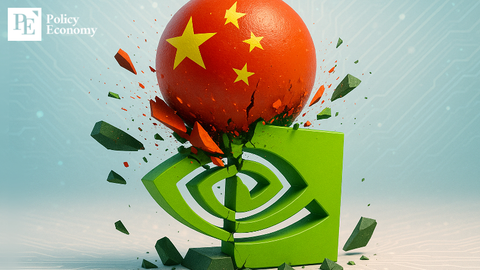
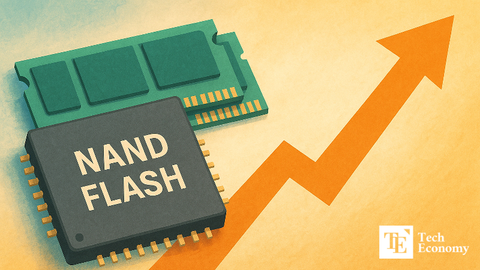

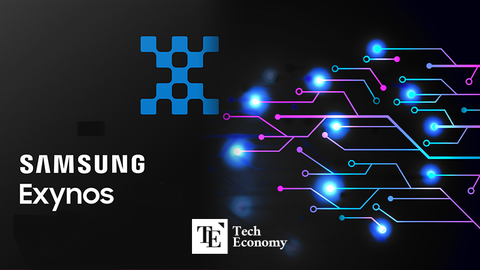


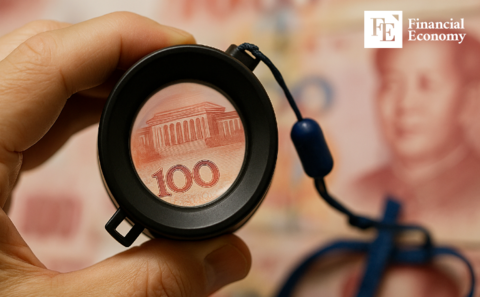













Comment